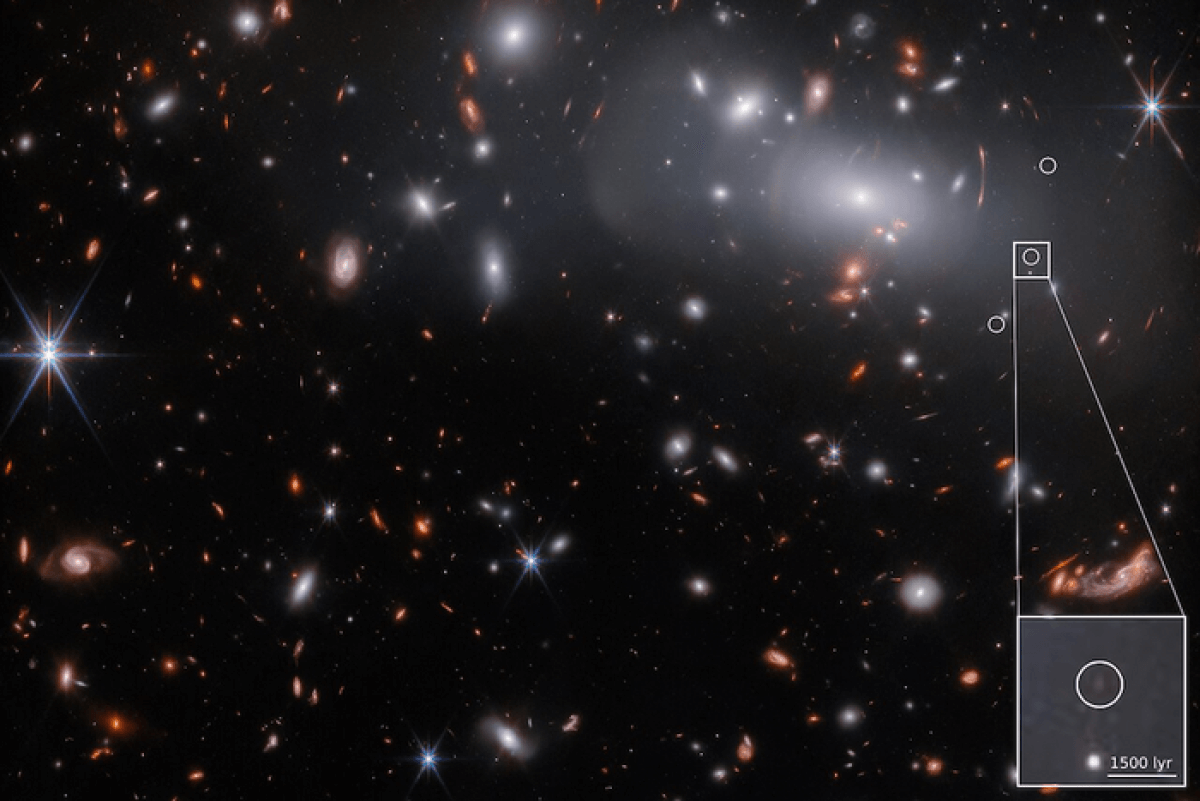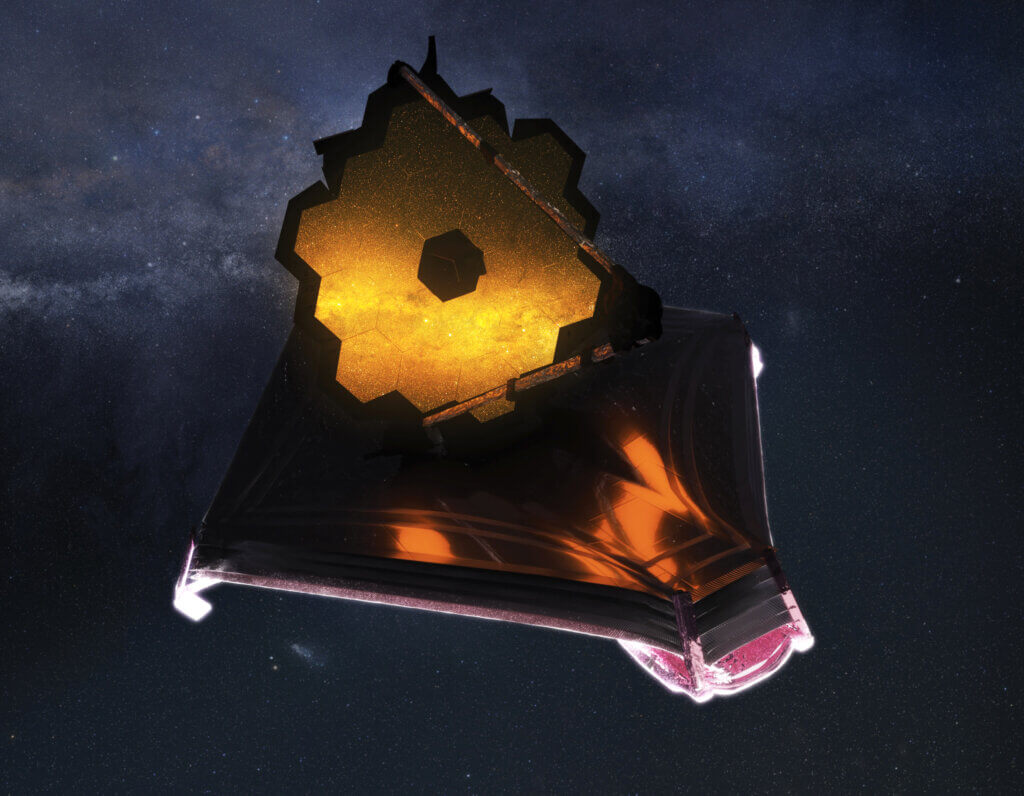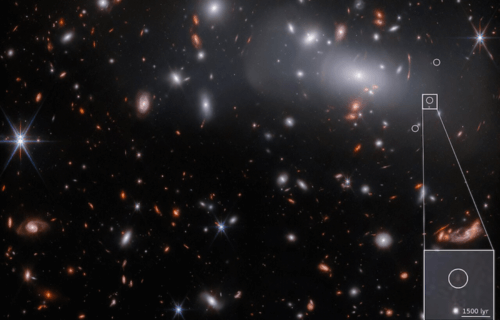MINNEAPOLIS — The James Webb Space Telescope is at it again, helping astronomers make first-of-their-kind observations from the beginning of the universe! This time, a team from the University of Minnesota Twin Cities says the new space telescope helped them discover an unusually tiny galaxy which dates back more than 13 billion years, roughly 500 million years after the Big Bang.
Despite this galaxy’s minuscule size, astronomers say it was capable of generating stars at an extremely high rate — something that’s strange for a galaxy that small. The team believes these new observations will help scientists learn more about the formation of galaxies shortly after the creation of the universe.
This study, published in the journal Science, is one of the first to use images coming from JWST.
“This galaxy is far beyond the reach of all telescopes except the James Webb, and these first-of-their-kind observations of the distant galaxy are spectacular,” says Patrick Kelly, senior author of the paper and an assistant professor in the University of Minnesota School of Physics and Astronomy, in a media release. “Here, we’re able to see most of the way back to the Big Bang, and we’ve never looked at galaxies when the universe was this young in this level of detail. The galaxy’s volume is roughly a millionth of the Milky Way’s, but we can see that it’s still forming the same numbers of stars each year.”

Bending light to look back in time
JWST is so powerful, it’s able to observe an entire galaxy cluster all at once. Using these images, the team was able to spot the tiny galaxy using a phenomenon called gravitational lensing — which occurs when mass (like a star-filled galaxy) bends and magnifies light. The galaxy cluster JWST photographed caused this small galaxy in the background to appear 20 times brighter than it would have without this effect.
Study authors then used spectroscopy to measure how far away this tiny galaxy is from Earth. Looking at galaxies that are so far away from Earth — and billions of years closer to the beginning of the universe — could help astronomers understand how our universe became reionized.
“The galaxies that existed when the Universe was in its infancy are very different from what we see in the nearby Universe now,” explains Hayley Williams, first author on the paper and a Ph.D. student at the Minnesota Institute for Astrophysics. “This discovery can help us learn more about the characteristics of those first galaxies, how they differ from nearby galaxies, and how the earlier galaxies formed.”

James Webb is a big upgrade over its predecessors
The James Webb Space Telescope collects about 10 times more light than the Hubble Space Telescope. It is also much more sensitive at redder, longer wavelengths in the infrared spectrum. This allows scientists here on Earth to access an entirely new window of space data.
“The James Webb Space Telescope has this amazing capability to see extremely far into the universe,” Williams concludes. “This is one of the most exciting things about this paper. We’re seeing things that previous telescopes would have ever been able to capture. It’s basically getting a snapshot of our universe in the first 500 million years of its life.”

